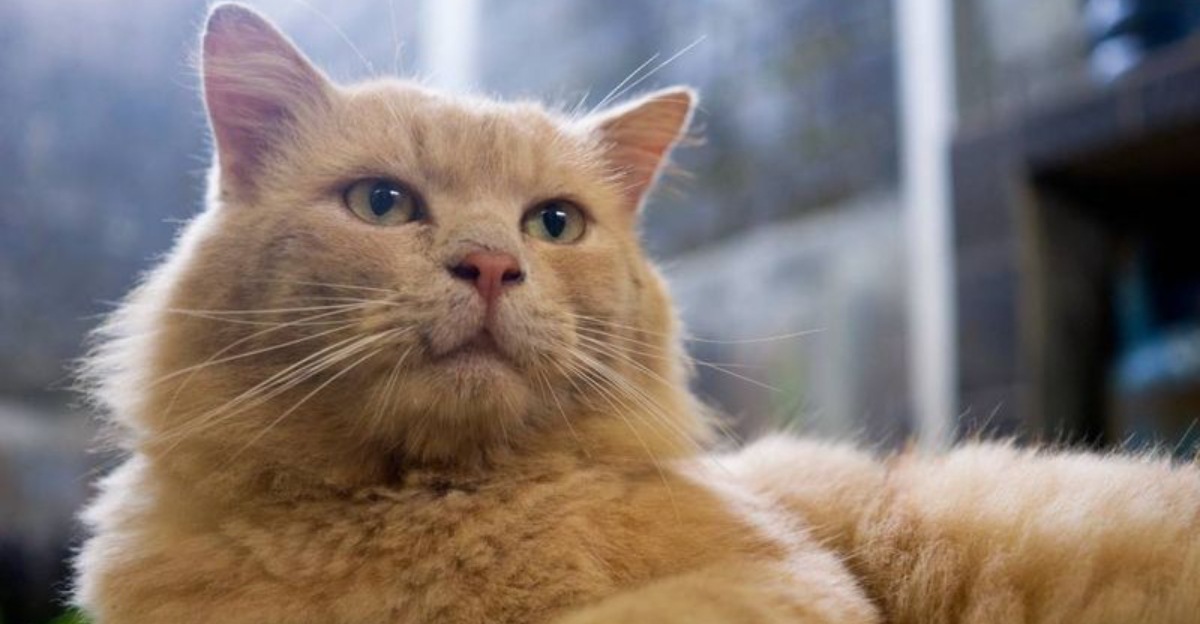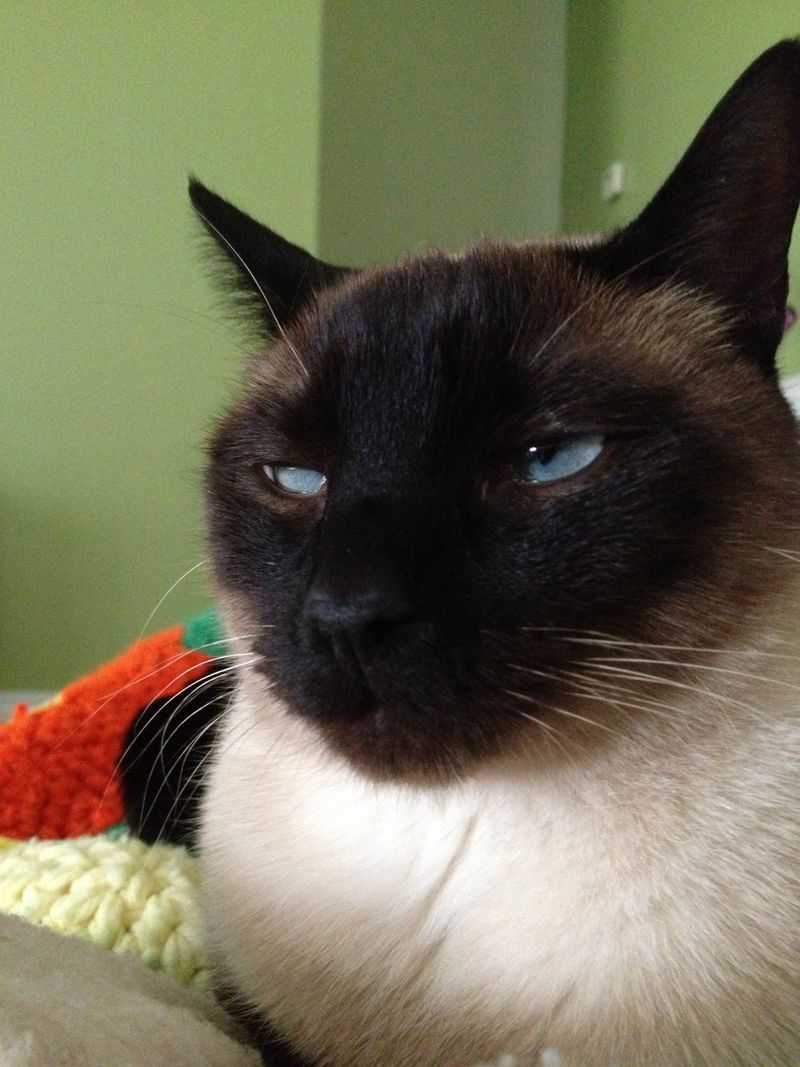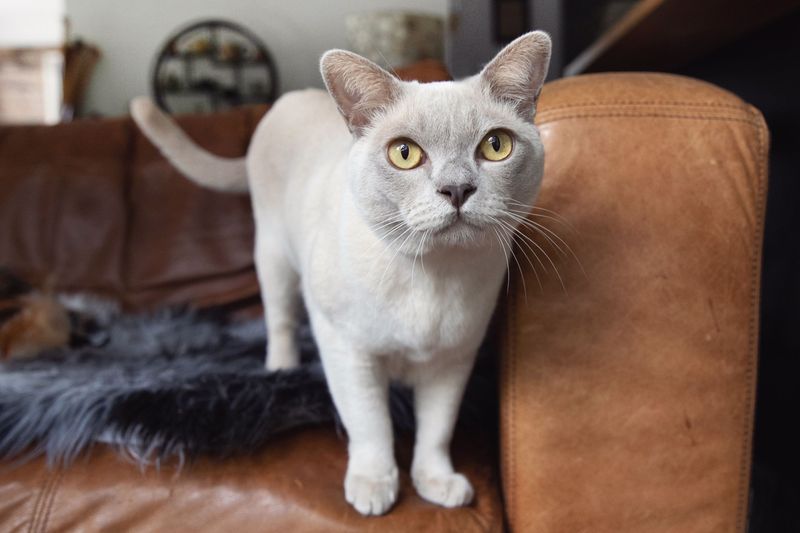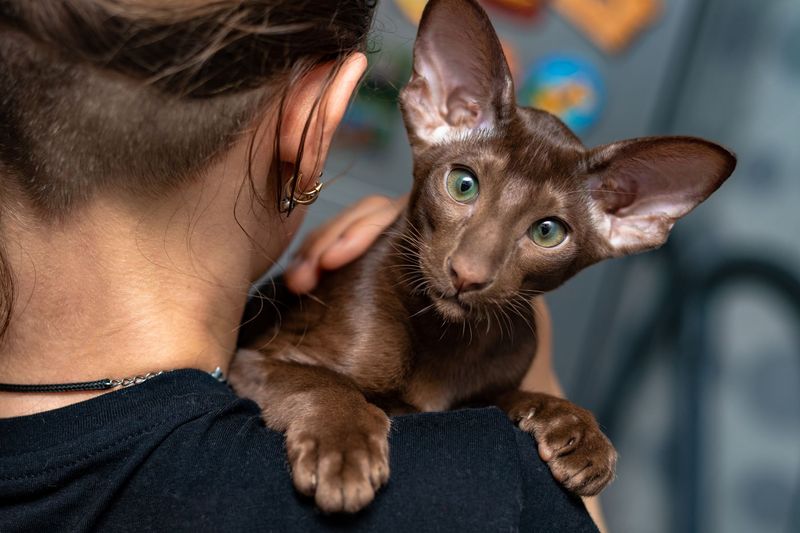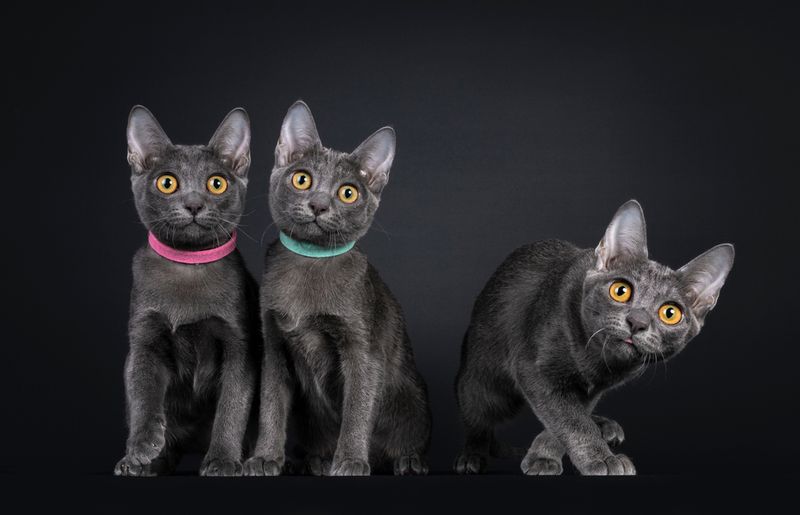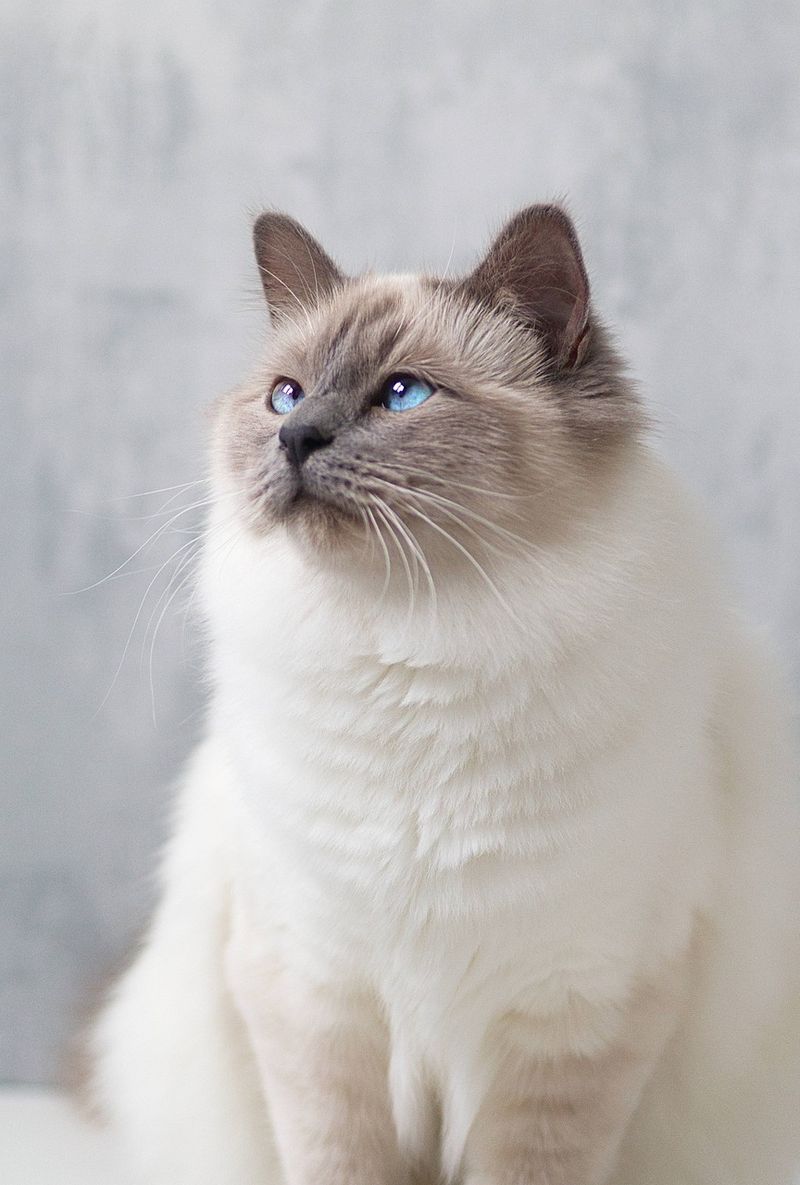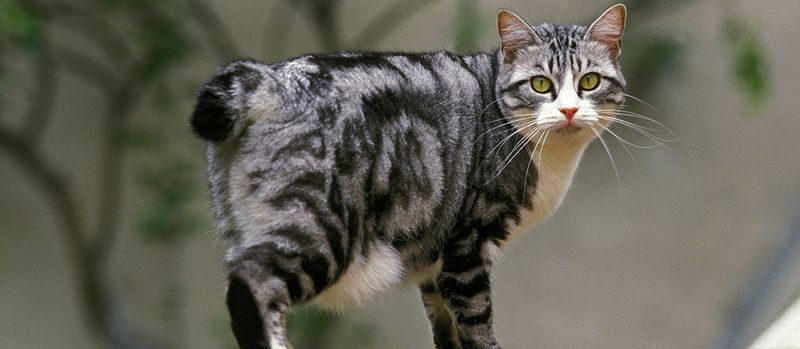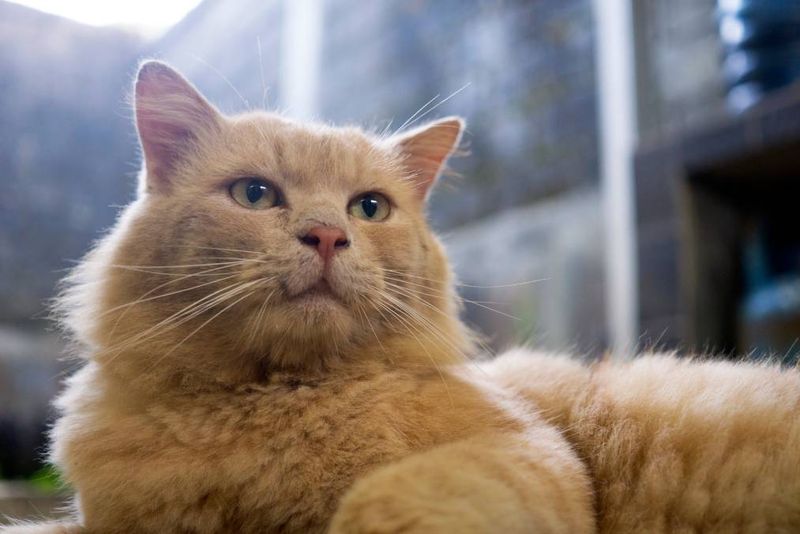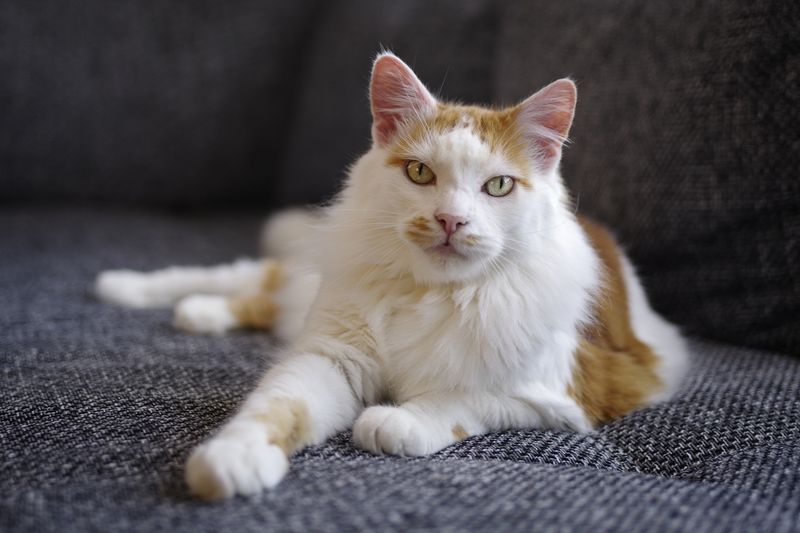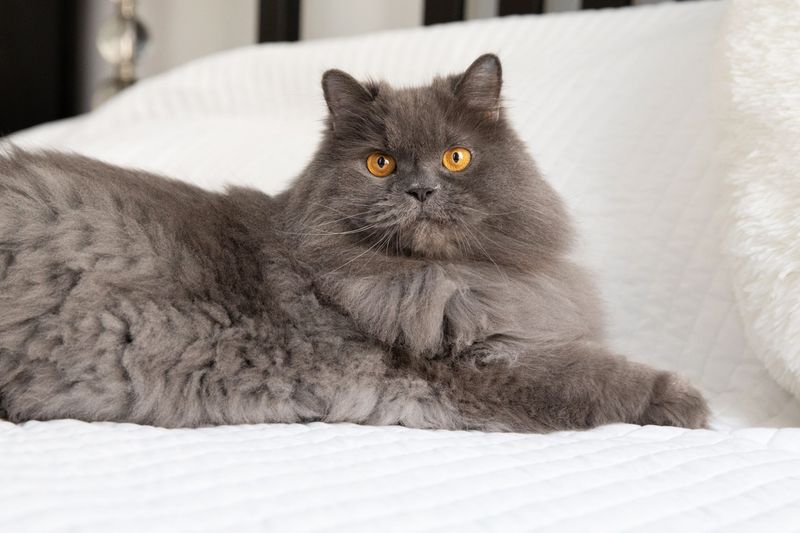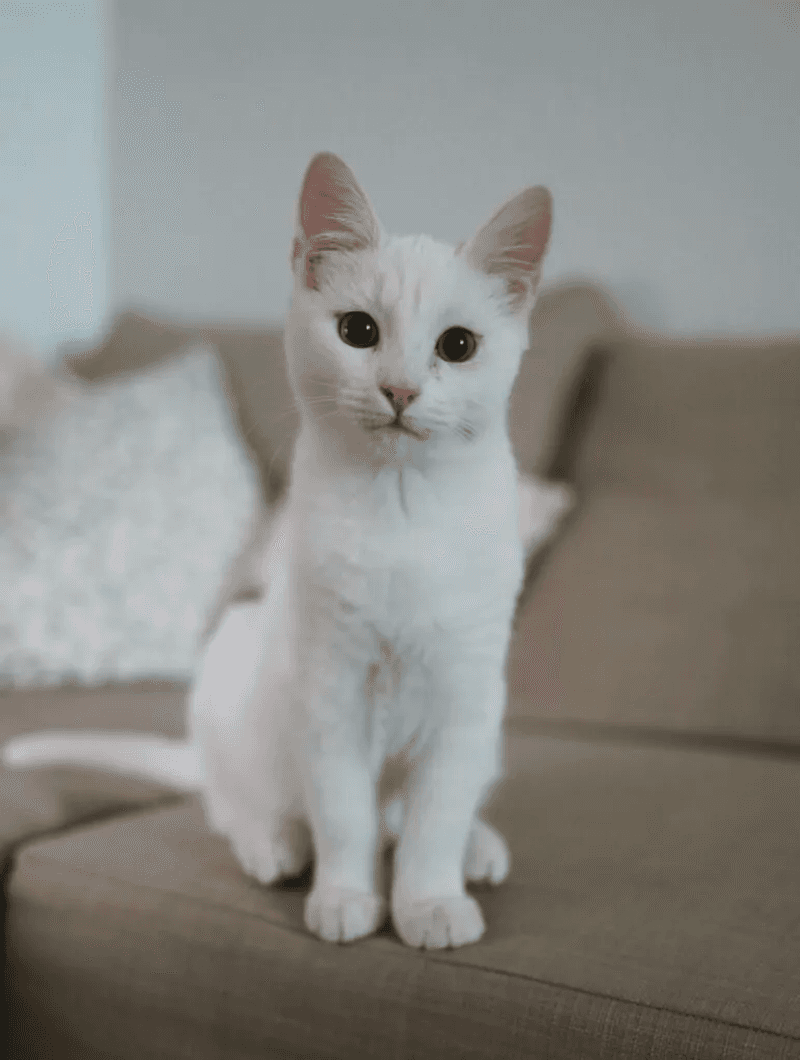📖 Table of Content:
From the temples of Myanmar to the bustling streets of Tokyo, feline companions have long held sacred, symbolic, and social significance across the continent. These breeds are not only beloved for their stunning appearances but also for the unique personalities and cultural tales they carry.
Each cat breed that hails from Asia brings a distinctive blend of genetic heritage, environmental adaptation, and human influence. Some breeds were revered by royalty and monks, while others thrived as street-smart survivors before earning global recognition. Together, they form a tapestry of feline diversity that reveals how humans have bonded with these creatures across centuries and civilizations.
Whether you’re a seasoned cat enthusiast or simply intrigued by feline history, exploring these Asian-origin breeds offers a rewarding insight into their stories. Their physical traits, behaviors, and origin stories are as diverse and colorful as the lands they come from. Let’s take a closer look at ten cat breeds whose roots trace back to the vast and vibrant continent of Asia.
1. Siamese (Thailand)
Recognized instantly by their striking contrast between body and point coloration, Siamese cats hail from Thailand, formerly known as Siam. These cats are sleek and slender, with almond-shaped blue eyes that seem to express human-like emotion. Notoriously vocal, they are known to hold conversations with their owners using a distinct, resonant voice. Siamese cats form deep bonds with their human companions and often demand attention. Agile and athletic, they enjoy climbing and exploring their surroundings. Their short, fine coat requires minimal grooming, making them relatively low-maintenance. Historically, they were considered sacred in Thai culture and even guarded temples.
2. Burmese (Myanmar)
Emerging from the temples of Burma, the Burmese cat radiates warmth, both in temperament and appearance. Cloaked in a short, satin-like coat often in sable brown, they exhibit a compact yet muscular body. These cats are highly affectionate and enjoy being the center of family life, often following their humans from room to room. Unlike many independent felines, Burmese thrive on companionship and even enjoy cuddles. Their expressive gold or yellow eyes are a hallmark of the breed, conveying intelligence and curiosity. They are playful into adulthood, making them a joy for families and singles alike. Stories of these cats being temple protectors still linger in folklore.
3. Oriental Shorthair (Thailand)
Derived from the Siamese lineage, the Oriental Shorthair expands the color palette with over 300 coat variations. Their lithe and graceful build is matched with large ears and inquisitive green eyes that shimmer with mischief. Energetic by nature, these cats are known for their lively antics and social behavior. Unlike some aloof breeds, they are extroverts who often greet guests and get along well with other pets. Vocal, like their Siamese relatives, they enjoy “talking” and will keep you company through the day. They are loyal to a fault and often form deep attachments with a particular person in the household. Their short, fine coat makes grooming a breeze.
4. Korat (Thailand)
Coming from the highlands of Nakhon Ratchasima in Thailand, Korats are steeped in tradition and considered symbols of good luck. Their shimmering silver-blue coat, combined with a heart-shaped face and luminous green eyes, gives them an ethereal beauty. These cats are sensitive and thrive best in calm, loving environments. They tend to be quiet but are fiercely loyal, often shadowing their chosen human throughout the home. Though not overly boisterous, Korats enjoy playtime and mental stimulation. Unlike other breeds, their lineage has remained relatively pure over centuries. They were traditionally gifted in pairs to newlyweds for good fortune.
5. Birman (Myanmar/France)
Though the Birman breed as we know it was refined in France, its legend begins in the temples of Burma. Distinguished by their white-gloved paws and deep blue eyes, Birmans are both elegant and endearing. Their medium-long coat is soft and silky, without an undercoat, making matting rare. They are sociable cats who prefer human company and adapt well to other pets. Gentle and quiet, Birmans have a calm presence that’s ideal for peaceful homes. Their striking pointed coloration resembles Siamese cats but with a fluffier aesthetic. Myths say they received their divine appearance through a sacred transformation at a temple.
6. Japanese Bobtail (Japan)
Known in folklore as a bringer of good luck, the Japanese Bobtail is unmistakable with its short, bunny-like tail. Their appearance is lean and athletic, matched with expressive, oval eyes and upright ears. Typically found in calico or bi-color patterns, their coat can be short or long. Active and intelligent, they’re quick learners and enjoy playing games with people. They’re highly adaptable and make for engaging companions in both quiet and busy households. In Japan, they’re often seen in traditional art and maneki-neko figurines. Their chirpy, melodic voices add charm to their already endearing presence.
7. Turkish Angora (Turkey)
Bred for beauty and grace, the Turkish Angora is one of the oldest natural breeds and originates from the Ankara region. Their fine-boned body and flowing silky coat create an image of elegance in motion. Most commonly seen in white, they also come in various other shades and patterns. They are highly active cats who delight in climbing and observing their environment from above. Playful and sociable, they enjoy interactive toys and human attention. Odd-eyed Angoras—those with one blue and one amber eye—are especially revered in Turkish tradition. Known for their agility and intelligence, they require engaging environments to stay content.
8. Turkish Van (Turkey)
Unlike most cats, the Turkish Van is a water lover, a trait developed near the shores of Lake Van. Their unique coat pattern, called the “Van pattern,” features a mostly white body with color limited to the head and tail. Possessing a semi-long, water-resistant coat, they’re built for adventure and exploration. These cats are large, strong, and full of energy, often surprising owners with their athletic feats. Though affectionate, they’re known to be a bit independent and enjoy time to themselves. With proper socialization, they integrate well into households with other pets. Their rare swimming affinity makes them truly one of a kind.
9. Persian (Iran)
Tracing its roots to ancient Persia, the Persian cat has become a worldwide symbol of feline luxury. With its long, flowing coat and iconic flat face, it radiates sophistication and charm. These cats are known for their calm and gentle demeanor, preferring serene environments. They’re not particularly active but enjoy lounging in cozy spots throughout the home. Regular grooming is essential due to their dense fur, but many owners consider it a bonding ritual. Their large, round eyes can be copper, blue, or green, depending on coat color. Historically associated with royalty, Persians continue to reign in the hearts of many.
10. Singapura (Singapore)
Among the smallest domestic cats, the Singapura boasts big eyes, big ears, and a big personality packed into a petite frame. Sporting a sepia-toned ticked coat, they exude a subtle, natural elegance. These cats are extremely curious and always in search of new nooks to explore. Unlike some shy breeds, Singapuras are fearless and often welcome guests with enthusiasm. They enjoy perching on shoulders or high shelves to observe household activity. Despite their tiny size, they’re incredibly muscular and agile. Originating from Singapore’s streets, they are now prized for their charm and sociability worldwide.
